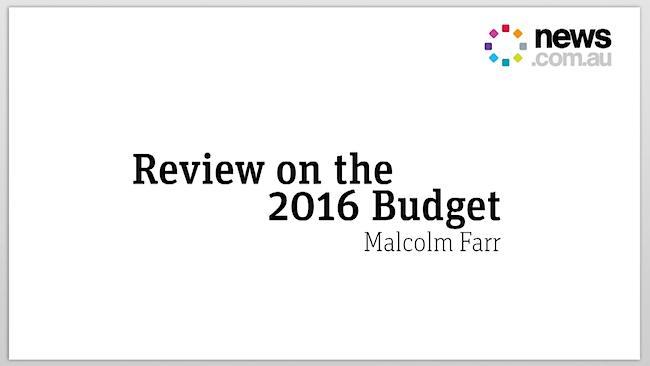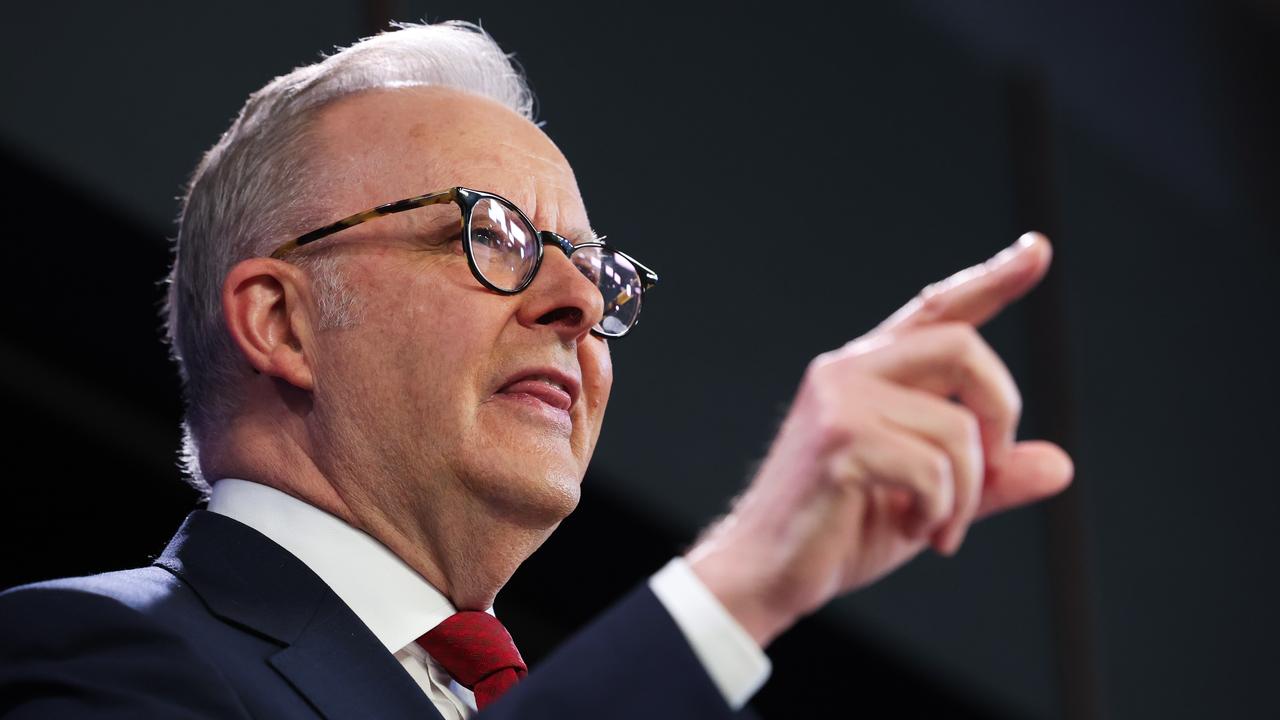The one obscure computer program Australia’s whole economy now depends on
LOADED onto a computer in Canberra is an obscure program that forecasts our future. It’s the reason companies are getting a tax cut. But can we trust it?

THIS week’s Budget had quite a lot of moving parts — but by far the boldest was a massive cut to company tax.
The top company tax rate will fall from 30 to 25 per cent within 10 years, the Treasurer swore. And it will make us richer and our lives better.
“[It] will … over time raise real wages and living standards,” the Budget documents say.
How can they believe a company tax cut will raise wages when many people argue companies will just pocket the difference?
The answer depends on some very interesting history.
Back in 2012, experts at a firm called Independent Economics began a huge computer simulation of the whole Australian economy. They were using a Computable General Equilibrium (CGE) model — one of the most sophisticated tools we have for studying the economy.
The CGE model included software representing hundreds of different industries, and households, operating under different taxes. And it found cutting company tax had a very positive effect — causing wages to rise.
The people who run the CGE model reported their results to the Business Tax Working Group (which was set up by Treasury). The working group added the results into their report on cutting company tax which was quite influential at the time — company tax was now on the agenda.
This obviously whetted the appetite of the Treasury because in 2014 it came back and did another, more detailed analysis using the same model.
This time they measured to whom the benefits of a company tax cut would go.
“[I]n the long run only around one-third of these benefits accrue to the owners of capital, with the remaining two-thirds flowing to households primarily through higher wages,” they reported.
So far, so good. The benefit to wages is twice the benefit to capital owners.
But both these simulations use this same model. Can we really trust it?
That is far from clear.

All models of the economy are questionable, because not even the biggest supercomputer can summarise all the weird features of the real world. “The map,” as they say, “is not the terrain.”
And this particular CGE model does not aim to summarise everything. It makes a range of assumptions that we might consider … unusual.
It’s big one is assuming that lower company tax will cause firms to invest more in Australia instead of overseas. It’s a nice idea, but the reality for many firms is they can find ways to invest here and not let our tax rate touch them at all.
Tax avoidance is just one of many ways the model is out of step with reality. It also simplifies the income tax system in Australia down to a single flat rate tax, instead of modelling the various different rates.
Of course, it’s not impossible that cutting company tax helps workers just as much companies — and maybe even more.
But it is certainly interesting that the people arguing for company tax cuts are always businesses, and the unions, whose members might in theory benefit from higher wages, generally oppose the idea.
We better hope this program, saved on a computer in suburban Canberra, has got it correct. Because Australia has just invested billions of dollars in making their simulation a reality. And if it doesn’t actually cause living standards and wages to rise, we can’t get our money back.
Jason Murphy is an economist. He publishes the blog Thomas The Think Engine. Follow him on Twitter @jasemurphy.




